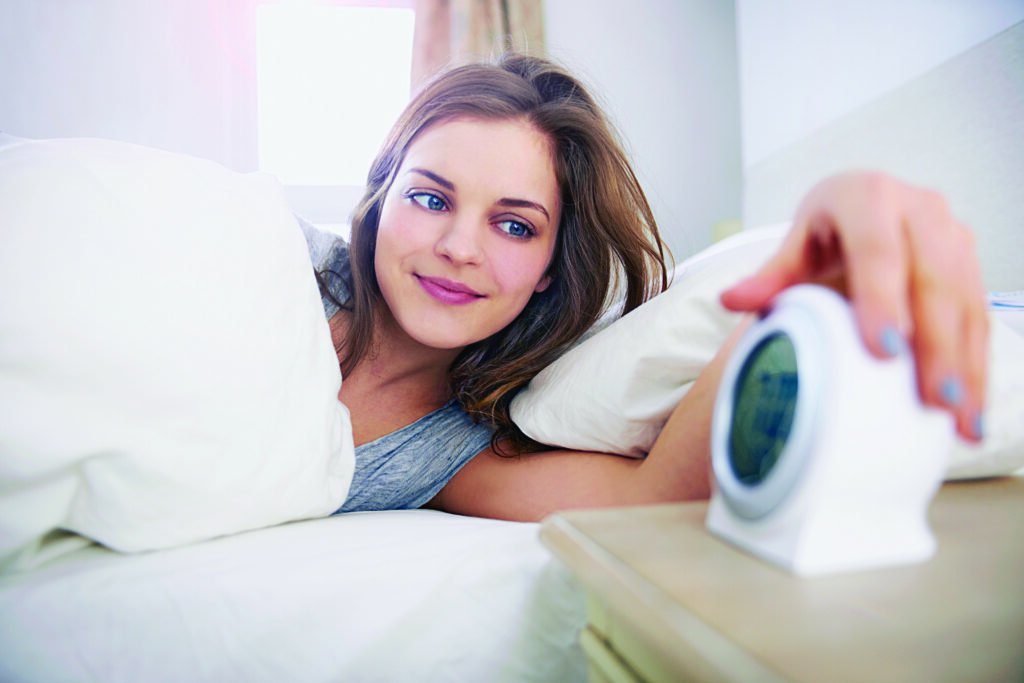The ultimate sleep sanctuary
A few simple improvements to your bedroom could provide the restorative sleep you crave
Advertisement
A few simple improvements to your bedroom could provide the restorative sleep you crave

Share this article Share on Facebook Share on Twitter Share on Linkedin Share on Reddit Share on Email